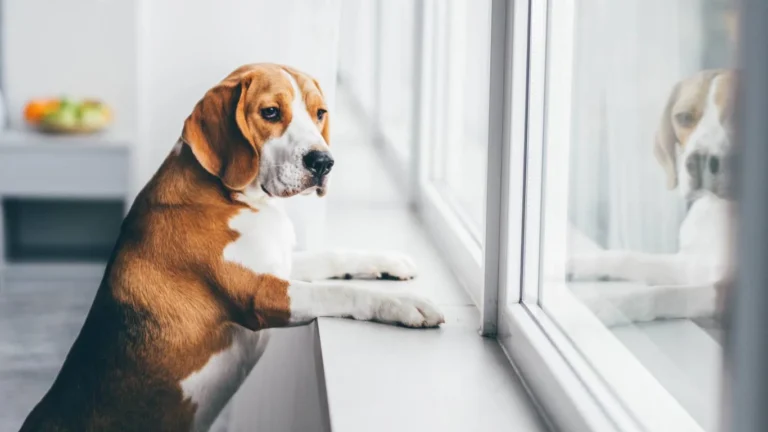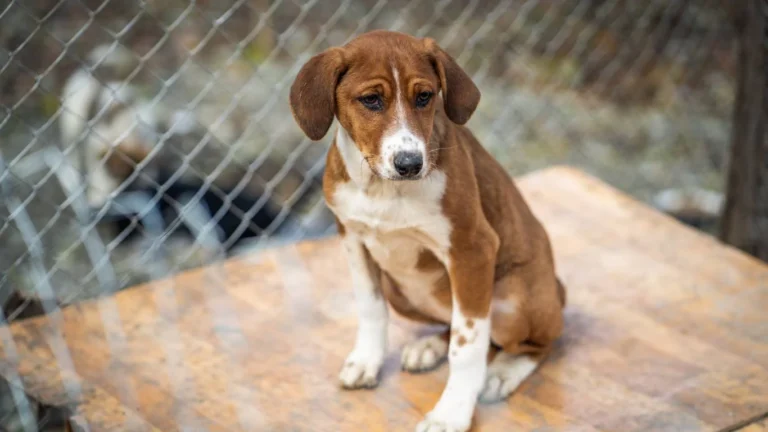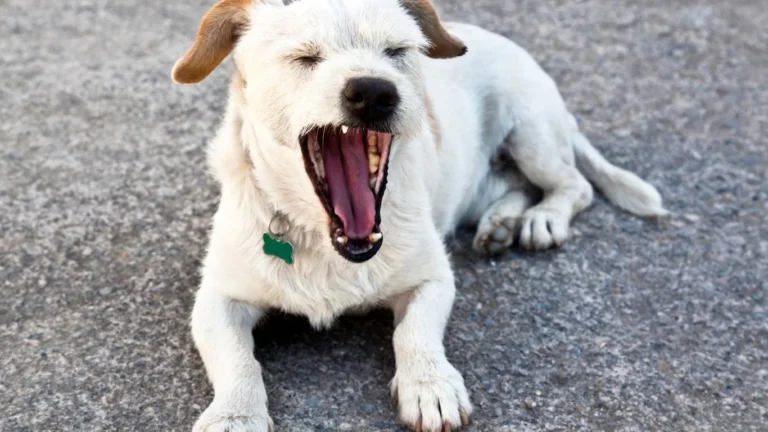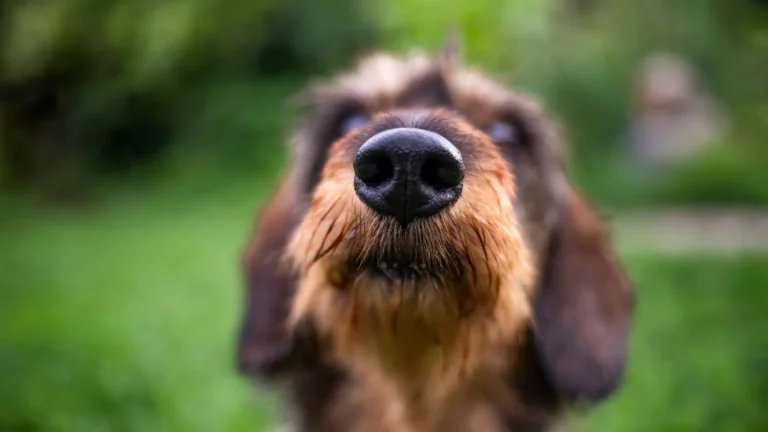How to Deal with a Dog’s Chronic Gas Issues: Simple Fixes That Work Fast
If you’re anything like me—Camellia, a Veterinary Assistant with a nutrition focus—you’ve probably seen more gassy dogs than you’d care to admit. From bulldogs to beagles, chronic flatulence is no joke, and learning how to deal with a dog’s chronic gas issues isn’t just about lighting a candle and hoping for the best. It can be messy, smelly, and honestly, a little heartbreaking when your pup is clearly uncomfortable. I’ve worked with countless pet parents frustrated by the “silent but deadly” problem, and I totally get it. Let’s dive into what’s really going on when your dog clears a room faster than a smoke alarm.
Understanding the Root Cause of Chronic Gas in Dogs
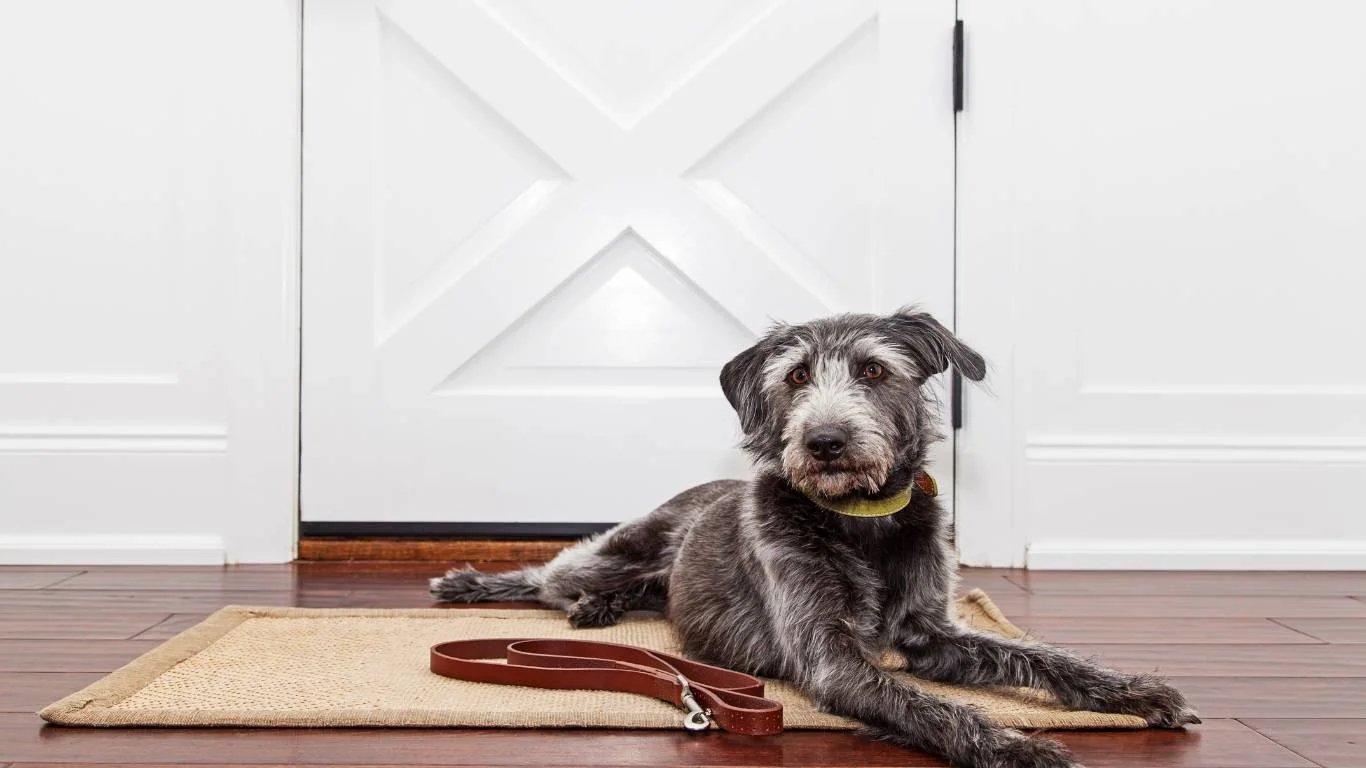
What’s Normal… and What’s Not?
Okay, first things first—dogs fart. It happens. Just like humans, they can get gassy from swallowing air, eating too fast, or reacting to certain foods. But when it becomes a daily ordeal, or if it’s accompanied by bloating, rumbling, or diarrhea, that’s when we start using the “chronic” label. And chronic gas usually means something deeper is going on.
In my clinic experience, I’ve seen dogs come in because their humans thought they were just “being dogs”—turns out, they had food intolerances, gut imbalances, or even parasites. It’s wild how many things can throw off a dog’s digestion. Think of it like your pup’s gut throwing a little temper tantrum every day.
Common Culprits Behind Doggy Gas Bombs
Let’s break it down. Here are some of the most common reasons I’ve encountered when dealing with chronic gas in dogs:
- Poor-quality food: Super processed kibble filled with fillers like corn, soy, and animal by-products? Yeah, it doesn’t sit well with most dogs’ stomachs.
- Sudden diet changes: Dogs need gradual food transitions. Switching overnight? Boom. Gas city.
- Food intolerances: Just like us, dogs can react badly to specific proteins (like chicken or beef) or grains.
- Swallowing air while eating: Especially common in fast eaters or short-nosed breeds (looking at you, pugs).
- Underlying health conditions: Pancreatitis, IBS, or even a sneaky case of worms can lead to nasty gas.
Once, I had a Labrador patient named Max. Sweetest guy ever—but oh my gosh, the smell coming from this poor dude would make your eyes water. Turns out, he had a sensitivity to chicken, and his owners were feeding him a “premium” chicken-based food because it was labeled “natural.” We swapped it out for a novel protein formula, and within two weeks, Max was a new man. Well, a less gassy man at least.
Nutrition’s Role in Managing Chronic Gas

What Goes In, Must Come Out (Smelly or Not)
As someone with a nutrition focus, I can’t stress enough: what you feed your dog matters. Seriously. The gut is like this little ecosystem, and when it’s balanced, everything works better—mood, energy, poop… and yep, gas too. I always start by looking at a dog’s diet when chronic flatulence is on the table (or should I say, under it?).
Here’s what I often recommend to clients struggling with their dog’s gas:
- Switch to limited ingredient diets (LID): These can help identify and reduce food sensitivities.
- Look for high-quality protein sources: Turkey, lamb, or fish can be gentler on sensitive tummies.
- Try grain-free—but with caution: It’s not a fix-all, and some dogs actually do better with certain grains like brown rice or oats.
- Add probiotics: These help balance gut bacteria, which can reduce gas production big time.
- Watch out for table scraps: Rich, fatty, or spicy human foods are gas grenades waiting to explode.
I’ve had pet parents come back after switching to a high-quality kibble with added digestive enzymes and say, “It’s like we got a whole new dog.” That makes my day every time.
When It’s Time to See the Vet

Don’t Just Guess—Get a Diagnosis
If you’ve already tried changing food, slowing down mealtime, and cutting out table scraps but your dog still farts like a factory, don’t wait too long. Chronic gas can be a sign of something more serious. As a vet assistant, I’ve seen dogs with chronic pancreatitis, inflammatory bowel disease, and even parasites get misdiagnosed—or not diagnosed at all—because owners thought it was “just bad gas.”
Here’s what a vet might do:
- Run a fecal test to check for parasites
- Order bloodwork to rule out inflammation or pancreatic issues
- Recommend an elimination diet to narrow down food intolerances
- Suggest prescription food for sensitive digestive systems
My advice? Bring a poop sample to the appointment (yep, bring the poop) and jot down what your dog’s been eating, how often they pass gas, and any other symptoms. The more info, the better. It’s detective work, and you’re part of the team!
Meal Time Habits That Can Make or Break Digestive Health
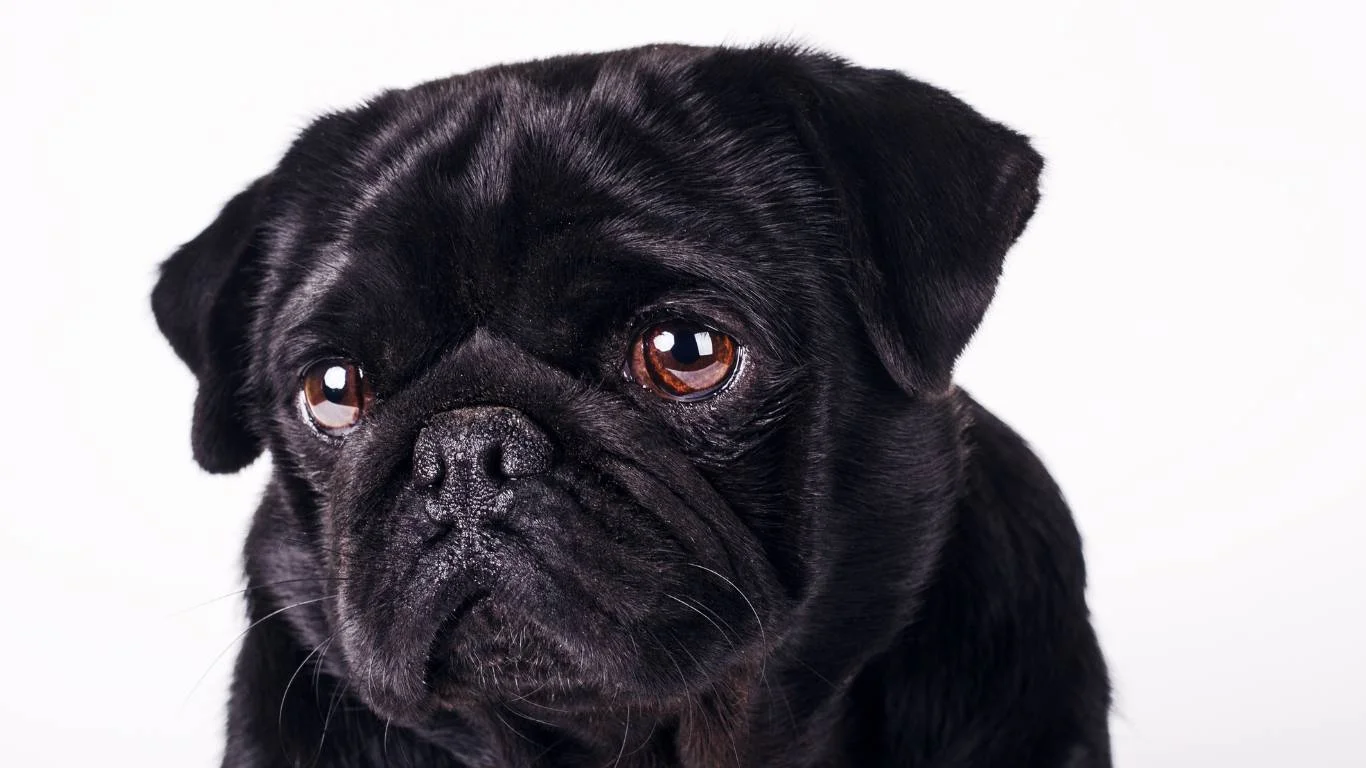
Slow Down, Buddy!
One of the most overlooked things I’ve seen in practice? The *speed* at which dogs eat. I remember this German Shepherd named Diesel—he was sweet but inhaled his food like it was a competitive sport. His owners came in because he was farting nonstop and even burping (yes, dogs can burp!). After watching him scarf down dinner in under 30 seconds, I suggested a slow feeder bowl. A week later, the difference was like night and day. Slower eating helps reduce the amount of air swallowed, which directly cuts down on—you guessed it—gas.
If your dog is a speed-eater, here are a few things worth trying:
- Slow feeder bowls: These are specially designed with ridges or patterns to make gulping impossible.
- Food puzzles or toys: Great for mental stimulation and digestion—two birds, one stone.
- Small, frequent meals: Instead of one or two large meals, try three to four smaller ones spaced throughout the day.
And hey, a bonus tip from my own house—sometimes I just scatter kibble on a snuffle mat and let my pup hunt for it. Not only does it make mealtime more fun, it slows her way down and keeps her mentally busy too.
How to Deal with a Dog’s Chronic Gas Issues Holistically

Beyond the Bowl: Looking at the Whole Dog
Sometimes, tackling chronic gas isn’t just about food—it’s about the dog’s whole lifestyle. Stress, lack of exercise, and poor gut health all play a role in digestive issues. I’ve seen dogs who were constantly anxious (like separation anxiety types) have worse gas symptoms than the chill couch potatoes.
As a vet assistant, I often remind clients that digestion starts before the food even hits the stomach. If your dog is worked up or anxious at mealtime, that stress can impact gut motility and digestion. Think about when you’re nervous and your stomach feels off—it’s the same for them.
Tips for Creating a Gas-Friendly Lifestyle
Here are a few natural ways to support your dog’s digestion from all angles:
- Daily exercise: A simple walk helps move things along in the gut—like nature’s own massage.
- Stress reduction: Calming supplements, massage, even calming music can do wonders.
- Routine and consistency: Dogs thrive on predictable schedules—especially for meals.
- Herbal supplements: Some dogs respond well to things like ginger, chamomile, or slippery elm. (Always check with your vet first.)
- Digestive enzymes: Adding these to food can help break it down more efficiently, reducing fermentation that causes gas.
I once had a dachshund patient named Luna who had chronic gas despite being on top-notch food. Turned out she was super high-strung—like pacing-the-house kind of anxious. Her family started a new routine that included calming diffusers, a thunder shirt, and puzzle toys during the day. It didn’t happen overnight, but her gas issues got way better once her anxiety was under control.
Supplements That Actually Help (And Some That Don’t)
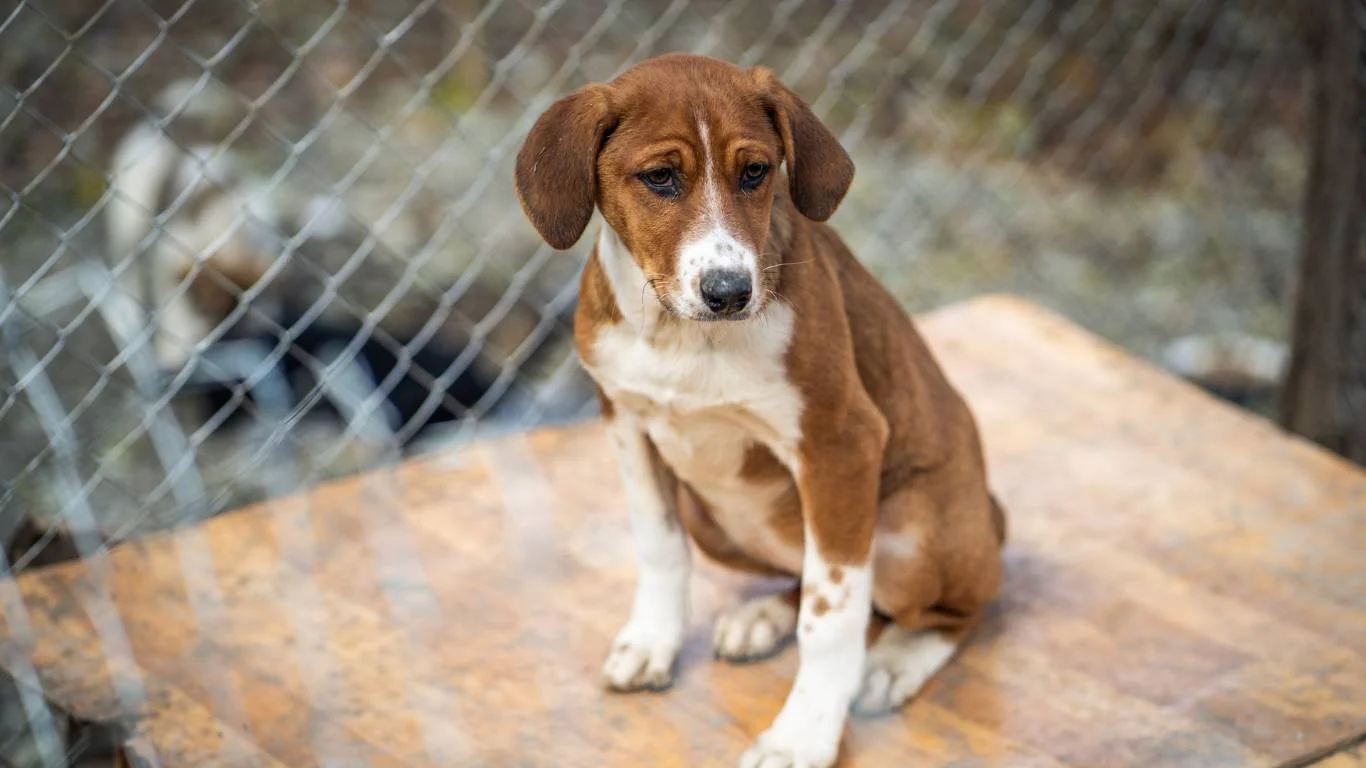
Sorting the Good from the Gimmicky
Let’s talk supplements. I’ve seen shelves packed with powders, pills, and chews all promising to “fix” gas. Some are legit, others… not so much. As someone who’s worked behind the scenes in vet clinics and in nutrition consultations, I always tell pet parents: don’t fall for fancy packaging—look at the ingredients.
Here are a few I’ve personally seen work well:
- Probiotics: Look for strains like Lactobacillus acidophilus and Bifidobacterium. These help balance gut bacteria.
- Digestive enzymes: Helpful for dogs with pancreas issues or those eating cooked/processed diets.
- Pumpkin: A small spoonful of plain canned pumpkin can soothe the gut and firm up stool too.
- Activated charcoal: Used sparingly, it can help with occasional gas—but it’s not a long-term solution.
And then there’s the stuff I’d skip:
- “Detox” products: Dogs don’t need liver cleanses unless diagnosed with a condition. Total marketing gimmick.
- Unregulated herbs: Things like garlic or essential oils marketed as digestive aids can actually be toxic.
One brand I personally love (not sponsored, just seen great results) offers a probiotic chew with pumpkin and ginger—it’s gentle, effective, and dogs actually like the taste. I’ve used it with dozens of patients with chronic gas, and it’s become kind of a clinic favorite.
Watch What They’re Getting Into
Surprise! It Might Not Be the Dog Food
Sometimes, the problem isn’t in the food bowl—it’s on the floor, in the trash, or snuck off your plate. Let me tell you, dogs are opportunists. I had a patient who mysteriously developed awful gas every Thursday. We were stumped until we figured out the owner was giving him leftover pizza crusts on “movie night.” Mystery solved.
Here’s a short list of common gas-triggering sneaky snacks:
- Cheese and dairy (many dogs are lactose intolerant)
- Fatty meats or bacon grease
- Cruciferous veggies like broccoli or cauliflower
- Leftovers with onions or garlic (which are also toxic!)
- Spoiled food from the trash or backyard
Trust me, if your dog is suddenly gassy and you haven’t changed their main food, take a good look at their environment and snack habits. They might be dumpster diving or convincing grandma to share her meatloaf.
Tracking Progress: How to Know If You’re Winning the Gas Battle
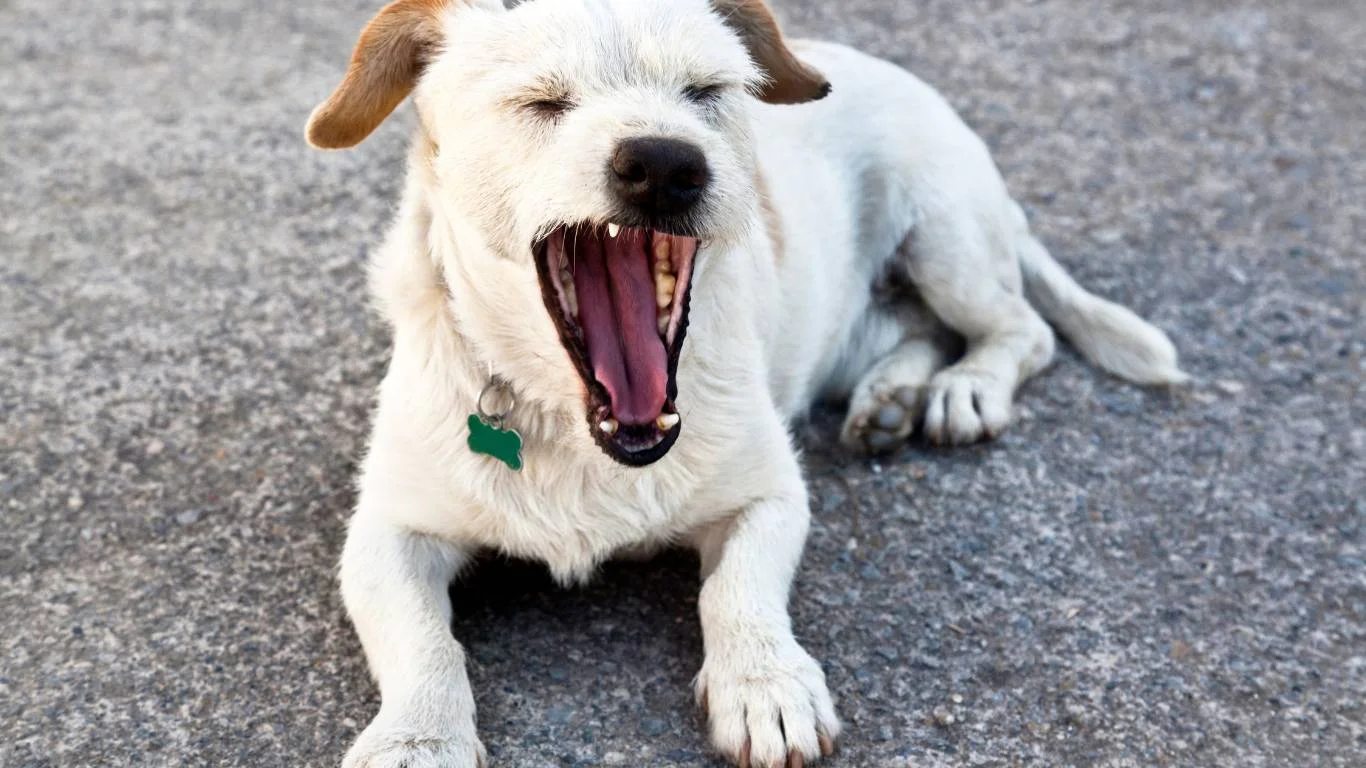
Keep a “Dog Digestive Diary”
I always tell pet parents: if you’re serious about figuring out how to deal with a dog’s chronic gas issues, get a notebook—or even better, a phone app—and start logging. Sounds a bit much? Trust me, this one habit can be a total game-changer. I’ve worked with clients who tried every food and supplement out there, but once we tracked things like poop quality, gas frequency, and what the dog ate each day, the patterns became crystal clear.
Your log doesn’t need to be fancy. Just jot down:
- What your dog ate (including treats, scraps, supplements)
- Time and amount of each meal
- Frequency and “stink level” of gas (yes, really!)
- Any other symptoms like diarrhea, bloating, or vomiting
- Exercise and stress levels that day
Once, I had a Frenchie named Juno come in with relentless gas. Her owner and I tracked her routine for two weeks. Guess what? The culprit wasn’t her dog food—it was her afternoon chew stick. It was full of fillers that her gut just couldn’t handle. As soon as they switched to a simple, single-ingredient option, the gas disappeared like magic.
Breed Matters: Some Dogs Are Just More Prone

Flat Faces, Flatulence, and Facts
Look, I adore all dogs, but let’s be honest—some breeds are just gassier than others. I’ve lost count of how many bulldogs, pugs, and boxers I’ve met that are walking whoopee cushions. It’s not their fault! Their anatomy makes them more likely to swallow air (that flat face = extra air intake), and they tend to have more sensitive guts too.
Here’s a quick rundown of breeds I’ve seen most affected by chronic gas:
- Brachycephalic breeds: Bulldogs, Boston Terriers, and Pugs—air swallowing champions.
- Large breeds: Labs, German Shepherds, Boxers—they just eat more and faster, which means more gas potential.
- Small sensitive breeds: Yorkies and Chihuahuas can have delicate stomachs and poor tolerance for fatty foods.
But don’t worry—being prone doesn’t mean doomed. With the right diet and habits, even the gassiest pup can be managed. I’ve worked with a squishy-faced Frenchie named Olive who went from clearing the clinic room daily to practically gas-free, just by switching to a duck-based LID food and using a slow feeder. It’s all about the right fit for their body.
When Chronic Gas Might Mean Something Serious
Red Flags You Shouldn’t Ignore
While most gas issues are diet or lifestyle-related, sometimes it’s a sign of something more serious brewing under the surface. I’ve had a few cases where gas was just the tip of the iceberg. One pup, Finn, came in with gas, mild bloating, and weight loss. After running a few tests, we discovered he had inflammatory bowel disease (IBD). With vet-prescribed food and medications, his symptoms became manageable—but without those diagnostics, he’d have continued to suffer silently.
Keep an eye out for these red flags:
- Persistent diarrhea or very loose stools
- Weight loss despite a good appetite
- Lethargy or low energy
- Vomiting alongside gas
- Noticeable bloating that doesn’t go down
If you see any of these signs, don’t wait. Schedule a visit with your vet. Chronic gas shouldn’t be painful or distressing—and if it is, there may be something bigger going on that needs a closer look.
Working With Your Vet: Be Your Dog’s Advocate
Ask the Right Questions
I always encourage pet parents to be vocal and involved. If you feel like your concerns about your dog’s gas are being brushed off, speak up! Bring your logs, bring poop samples, and ask questions like:
- Could this be a food intolerance?
- Should we do a fecal or blood panel?
- Would an elimination diet or prescription food help?
- Are probiotics or digestive enzymes appropriate for my dog?
Trust me, the more info you provide, the more helpful your vet visit will be. I’ve worked with some amazing vets who love when clients come in prepared—it saves time and leads to faster answers.
Final Thoughts: Be Patient, Be Consistent
Gas Solutions Take Time, but They’re Worth It
Here’s the truth: you’re probably not going to solve your dog’s gas issues overnight. But with consistent effort, observation, and the right support, you absolutely can make things better. I’ve seen it happen countless times. From diet changes to supplement tweaks and lifestyle adjustments, all those little changes add up.
And remember—you’re not alone in this. Whether it’s your vet, a canine nutritionist, or even a fellow pet parent who’s been through it, there are people and resources out there to help. Don’t be afraid to ask questions or try new approaches.
I hope my experience as a vet assistant with a nutrition focus has given you some useful, real-life insights. Every gassy pup is a puzzle—and with patience, love, and a bit of trial and error, you’ll get there.
References
Disclaimer
This article is for informational purposes only and is not intended to replace professional veterinary advice. Always consult your veterinarian before making significant changes to your dog’s diet, supplements, or healthcare routine.

